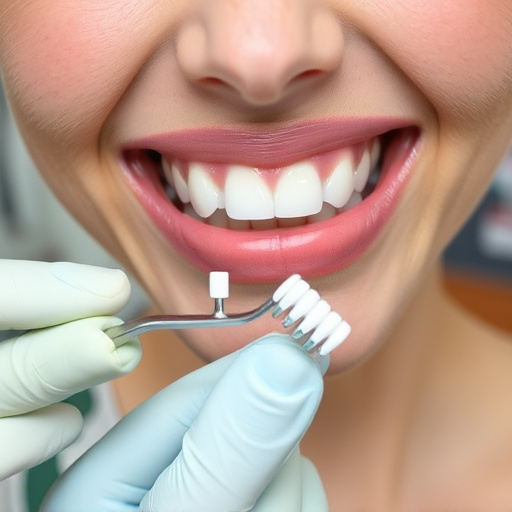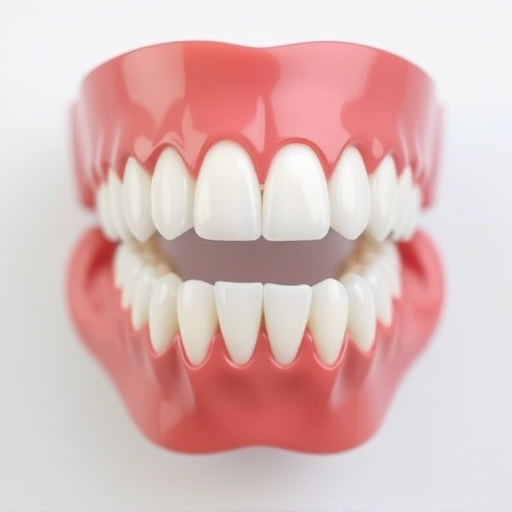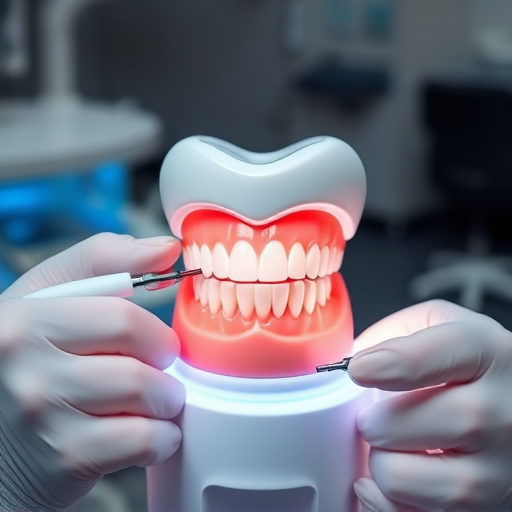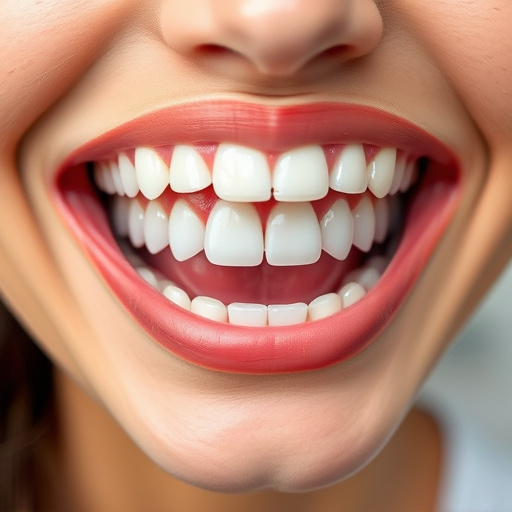Tooth sensitivity, caused by enamel wear, dietary acids, and oral habits, leads to pain upon exposure to hot/cold or sweet substances. While over-the-counter desensitizing toothpastes offer temporary relief, addressing underlying issues like dental misalignments, receding gums, or cracked teeth is crucial for effective tooth sensitivity treatment. Regular dental check-ups, cleanings, fillings, and targeted interventions prevent further damage and provide long-term solutions, ranging from desensitizing products to advanced treatments like crowns, inlays, or onlays.
Effective tooth sensitivity treatment begins with a proper diagnosis. Understanding the causes and symptoms of tooth sensitivity is paramount, as it guides tailored solutions. This article delves into the intricacies of diagnosing tooth sensitivity, highlighting its crucial role in achieving lasting relief. We explore various treatment options, from topical sensitizers to more invasive procedures, ensuring you’re equipped with knowledge to navigate your dental care journey effectively.
- Understanding Tooth Sensitivity: Causes and Symptoms
- The Role of Diagnosis in Effective Treatment
- Exploring Treatment Options for Long-Lasting Relief
Understanding Tooth Sensitivity: Causes and Symptoms
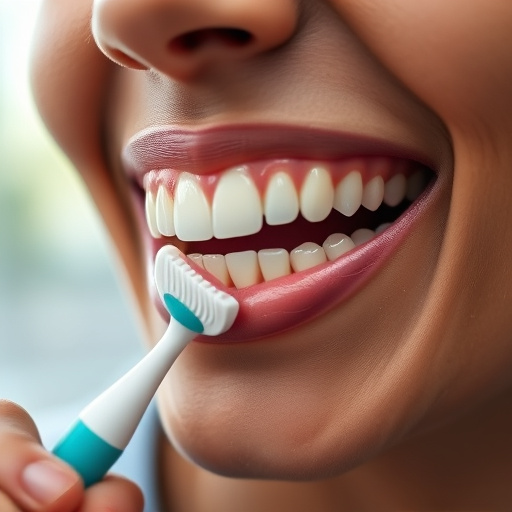
Tooth sensitivity, a common dental concern, affects millions of people worldwide. It’s more than just a mild irritation; it’s a distinct feeling of pain or discomfort when your teeth are exposed to certain stimuli like hot, cold, sweet, or even fresh air. This sensitivity often arises due to the exposure of the tooth’s inner layers, including the dentin and pulp, which are rich in nerve endings. Several factors contribute to this condition, with enamel wear being a primary cause. Enamel, the protective outer layer of teeth, can erode over time due to various factors like harsh brushing techniques, acidic foods, and even certain lifestyle habits. Once the enamel wears down, the dentin becomes exposed, leading to heightened sensitivity.
Symptoms of tooth sensitivity can include sudden bursts of pain in response to cold or hot beverages, sweet treats, or even while breathing through your mouth. It might also manifest as a constant, mild ache. While over-the-counter desensitizing toothpastes can provide temporary relief, addressing the underlying cause is crucial for effective tooth sensitivity treatment. Regular dental check-ups, including thorough dental cleanings and cosmetic fillings, can help manage sensitivity by blocking the tiny tubules in the dentin that transmit sensation to the pulp. In more severe cases, clear aligners or other orthodontic treatments might be recommended to rectify misalignments contributing to tooth exposure.
The Role of Diagnosis in Effective Treatment
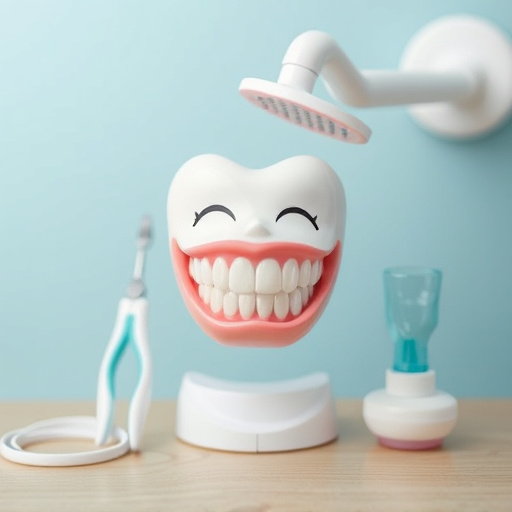
A proper diagnosis is the cornerstone of successful tooth sensitivity treatment. Understanding the underlying cause, whether it’s receding gums, enamel wear, or a cracked tooth, allows for targeted and effective interventions. Many people often underestimate the importance of this initial step, but it’s crucial as different conditions require distinct approaches. For instance, if tooth sensitivity is due to exposed dentin, treatments like dental cleanings or specific desensitizing products can be highly effective. However, in cases where there are tooth extractions or severe damage requiring tooth repair, a thorough diagnosis guides the best course of action.
Accurate diagnosis not only ensures that the right treatment plan is implemented but also helps to prevent further complications. It’s essential for dental professionals to carefully assess factors like oral hygiene practices, dietary habits, and any existing dental issues before suggesting treatments. This comprehensive approach promotes long-term relief from tooth sensitivity and maintains overall oral health.
Exploring Treatment Options for Long-Lasting Relief
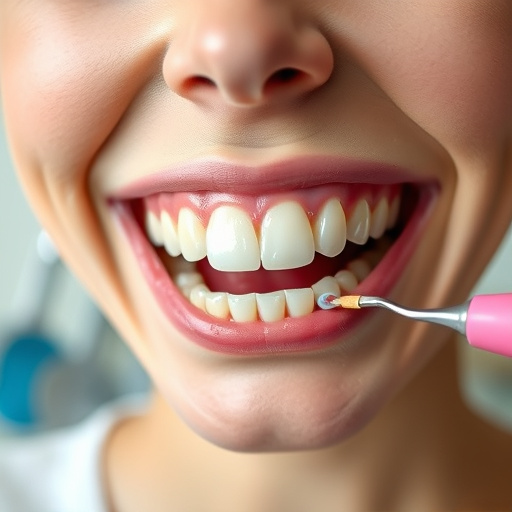
When it comes to tooth sensitivity treatment, exploring a range of options is key to finding long-lasting relief. After a proper diagnosis confirms the underlying cause—be it enamel wear, receding gums, or tooth decay—dental professionals can recommend suitable solutions. For mild to moderate cases, desensitizing toothpaste and oral care routines can significantly reduce discomfort. These products contain ingredients that block the transmission of sensory signals from the tooth’s surface to the nerve, effectively soothing sensitive areas over time.
For more severe sensitivities or specific dental issues like exposed dentin or root canals, more comprehensive treatments may be required. This could involve procedures such as dental crowns, which not only enhance aesthetics but also provide additional protection by encapsulating sensitive teeth. Cosmetic fillings can also be used to restore and seal compromised teeth, offering both functional and aesthetic benefits. In extreme cases, advanced tooth repair techniques like inlays or onlays might be suggested, delivering tailored solutions for lasting sensitivity relief.
In conclusion, addressing tooth sensitivity requires a thorough understanding of its underlying causes and symptoms. A proper diagnosis is pivotal to selecting the most effective treatment options that offer lasting relief. By exploring various treatment avenues, individuals can finally bid farewell to dental discomfort associated with tooth sensitivity, enhancing their overall oral health experience.









